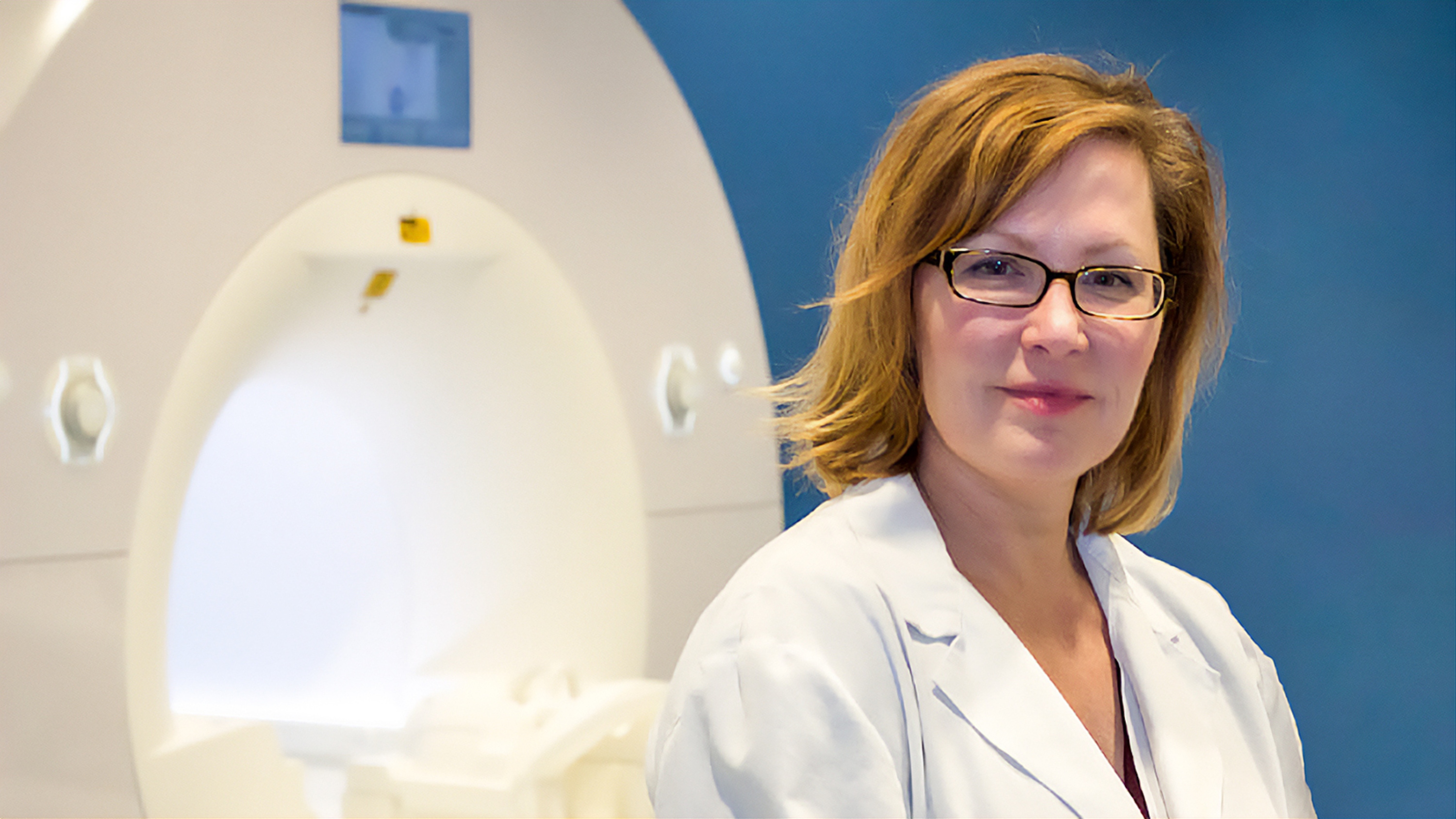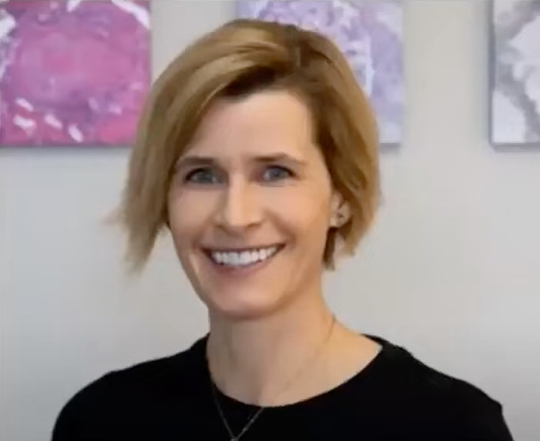As a clinician scientist and nurse practitioner, Edith Pituskin runs a busy clinic, caring for cancer patients while learning how to relieve the symptoms people face that can lead to poor quality of life after treatment.
“People are commonly suffering with the effects of necessary anti-cancer treatments for the remainder of their life,” says Pituskin, associate professor and Canada Research Chair in the University of Alberta’s Faculty of Nursing and member of the Cancer Research Insitute of Northern Alberta. “These effects can include difficult chronic fatigue and poor exercise tolerance leading to a cycle of depression and poor quality of life.”
To better understand how such effects happen and how to help people cope, a new U of A Precision Human Health Laboratory will help researchers investigate techniques to improve patients’ exercise tolerance and cardiovascular health, and expand the use of exercise as a clinical tool.
Pituskin and co-principal investigators Stephanie Thompson, associate professor in the Division of Nephrology, and Michael Stickland, professor in the Division of Pulmonary Medicine in the Faculty of Medicine & Dentistry, have just received $507,115 in infrastructure funding from the Canada Foundation for Innovation’s John R. Evans Leaders Fund to equip the lab.
The new funding is part of more than $960 million in federal funding announced at the U of A today, supporting innovative work by more than 4,700 researchers across Canada.
Exercise underused as a clinical tool
The laboratory will house tools that allow scientists to look at the mechanisms of exercise tolerance as well as study cardiovascular function — conditions that feed off each other, notes Stickland, who studies the effects of smoking-induced lung damage on the heart.
“This is a combination of a vision to really expand exercise as a clinical tool,” says Stickland, who is also a member of the Women and Children’s Health Research Institute.
“What makes this lab truly unique is that because of the clinical positions the three of us have, there are tremendous opportunities to bring this research to patients.”
Thompson, whose research explores chronic kidney disease, explains that in addition to its therapeutic potential, exercise can be used to safely stress a patient’s bodily systems to better understand the physiological problems that underlie clinical issues she sees in her practice.
“I believe there is no other intervention that can have as many widespread physiological and psychological impacts as exercise,” says Thompson.
Understanding the connections in complex disease
The number of Canadians living with chronic disease is a growing challenge for health-care providers as people age and complex conditions like heart attacks and strokes continue to be leading causes of death.
Stickland says people often don’t often arrive in clinics with single conditions; instead, they typically face more than one illness, called comorbidities, that can make one condition like cardiovascular disease a strong risk factor for cancer and kidney disease.
Studies at the Precision Human Health Laboratory with state-of-the-art equipment will help unlock some of the complexities of chronic disease by examining how interventions like exercise can affect the diverse conditions patients face.
There are still unknown factors when it comes to recommending exercise as a potential treatment, Pituskin notes, with a lack of knowledge about how physical activity can be personalized and adapted to benefit patients.
“With clinical conditions, there are certain sets of symptoms and investigations that would tell you, ‘OK, now’s the time to start this particular treatment.’ You would know the kind of treatment, the dose and how long to prescribe it.”
Pituskin says studies done through the lab will work towards a similar approach for exercise by answering questions about which symptoms can be treated with exercise, and determining the types, frequency and timing of activities that would be most effective for particular patients.
Other U of A funded projects
Along with the Precision Human Health Laboratory, 12 other U of A-led projects received a total of more than $3 million in funding from the Canada Foundation for Innovation through the John R. Evans Leaders Fund.
Tamzin Blewett, Faculty of Science
Understanding the effect of multi-stressors in aquatic environments
$118,269
Wael Elhenawy, Faculty of Medicine & Dentistry
Delineating the mechanisms driving the pathogenesis of Crohn’s disease-associated bacteria
$253,182
Paul Forsythe, Faculty of Medicine & Dentistry
Early life antibiotic exposure: Effects on neuroendocrine regulators of lung function and the allergic airway response
$146,402
Spencer Gibson, Faculty of Medicine & Dentistry
Understanding stress responses in lymphatic disorders
$100,000
Zachary Hall, Faculty of Science
Neural imaging infrastructure enabling the study of early brain development and neurogenesis in vivo
$235,677
Ehsan Hashemi, Faculty of Engineering
Learning-aided cooperative navigation: Towards safe human-autonomy interactions in unstructured and dynamic environments
$100,830
Ismail Ismail, Faculty of Medicine & Dentistry
Studying the fate of cells through long term time-lapse imaging
$197,396
Freimut Juengling, Faculty of Medicine & Dentistry
Quantitative kinetic modelling capability for tumour PET/MRI, brain PET/MRI and cardiac PET/MRI
$152,979
Ge Li, Faculty of Engineering
Electrochemical-chemical test platform for novel alkali metal anode-based battery technologies
$131,089
Nobuo Maeda, Faculty of Engineering
Nucleation of ice and gas hydrates
$199,910
David Marchant, Faculty of Medicine & Dentistry
The roles of vesicle trafficking in the pathogenesis of acute and chronic diseases
$477,329
Arno Siraki, Faculty of Pharmacy and Pharmaceutical Sciences
Advanced free radical metabolite analysis
$413,155


